Recently, videos circulated online that appeared to show Los Angeles engulfed in chaos: Marines clashing with protesters, cars ablaze, pallets of bricks staged for violence. The implication was clear, the city had been overtaken by insurrectionists.
The reality was far more contained. Much of the footage was either old, unrelated, or entirely misrepresented. A photo from a Malaysian construction site became “evidence” of a Soros-backed plot. Even a years-old video of burning police cars resurfaced with a new, false label.
This is the oldest trick in the misinformation playbook, and we see it in almost every big breaking news cycle. Use what’s real to distort what’s true. Today, it’s happening faster, fooling more people, and making verification more critical than ever. In our newsroom, we call it the context gap: the space between what a video depicts and what a viewer is led to believe. It’s widening and with it, public trust is eroding.
Authentic, yet misleading
Many assume misinformation requires special effects or technical sophistication. In reality, much of it requires only timing, intent, and a caption.
Take the example of footage of President Zelensky signing artillery shells. The video was genuine, filmed at a U.S. factory during a 2024 visit. It later resurfaced with captions falsely claiming the shells were destined for Israel. No editing was necessary. The clip looked real, because it was. The framing alone changed the meaning.
This is what makes miscontextualized video so effective. It exploits our instinct to trust what we can see. Viewers may never question the footage, let alone realize they’ve been misled. In some cases, the false framing is intentional, what we call disinformation. In others, the content is shared by people who believe it to be true, that’s misinformation. Whether the deception is deliberate or accidental, the impact is the same: a public less certain of what to trust.
The real danger is not just deception, it’s assumption. When authentic content is misused without warning, it reinforces false narratives while bypassing skepticism entirely. The result isn’t just confusion. It’s confidence in the wrong conclusion.
This kind of manipulation shapes perception in ways that are hard to reverse. Even when corrections are issued later, the original framing often sticks, driving division, fueling misinformation cycles, and distorting how people understand events around the world.
Countering that kind of influence requires more than detection software or fact-checking. It requires a shift in mindset: a habit of slowing down, asking questions, and interrogating the frame, not just the footage. In journalism, we call that constructive skepticism, and right now, we need more of it, beyond the newsroom.
Journalistic habits, public value
Journalists are trained to question, verify, and triangulate. Verification is not simply a task, it is a mindset. In our newsroom, this means identifying the original upload, analyzing metadata, and confirming time and place through visual context.
Central to that process is skepticism, not as cynicism, but as discipline. Journalistic skepticism means refusing to take visual evidence at face value. It means asking who benefits, what might be missing just outside the frame, and whether a clip has appeared before under a different guise. It’s not about doubting everything. It’s about demanding enough proof to support trust. These practices may be out of reach for most people. Yet the principles behind them are not.
Skepticism, when grounded in evidence, is one of journalism’s most valuable tools. Applied more widely, it can help the public navigate the flood of video and imagery without falling into conspiracy or confusion.
Anyone can adopt a more careful, skeptical approach by asking a few basic questions: Does this look like what it claims to be? Is the source credible or recognizable? Have I seen this before in a different context? These simple checks do not require technical expertise. A moment of hesitation, scaled across a viewing public, could have changed how the wildfire or Zelensky clips were received and shared.
We do not need every viewer to become a verification expert. What we need is a shift in mindset: toward curiosity, caution, and context.
The context gap is widening
Journalists must continue to treat visual content as seriously as any other source, verifying not just whether something is real, but when and where it was captured, who posted it, and whether it is being presented truthfully.
However, the responsibility does not end there.
Platforms also have a role to play. When old or previously viral footage resurfaces during breaking news, platforms should add the necessary context proactively, not just rely on users to act as de facto fact-checkers. Many major platforms already have content detection systems in place to catch copyright infringements.
The public must also be equipped to pause, question, and seek clarity. Educators and institutions can help foster these habits of verification alongside broader digital access. One of the most overlooked tools in fighting misinformation is not software, but curriculum, training people to interpret the media landscape around them.
We live in an age when anyone can broadcast to the world, with algorithms built to capture and keep attention regardless of veracity or intent. The context gap is not narrowing. It is widening. Every swipe, share, and caption now plays a role in shaping how we see the world—and how others see it too. Slowing down to ask “why this, why now?” may be one of the most powerful tools we have.
James Law is the editor-in-chief at Storyful.
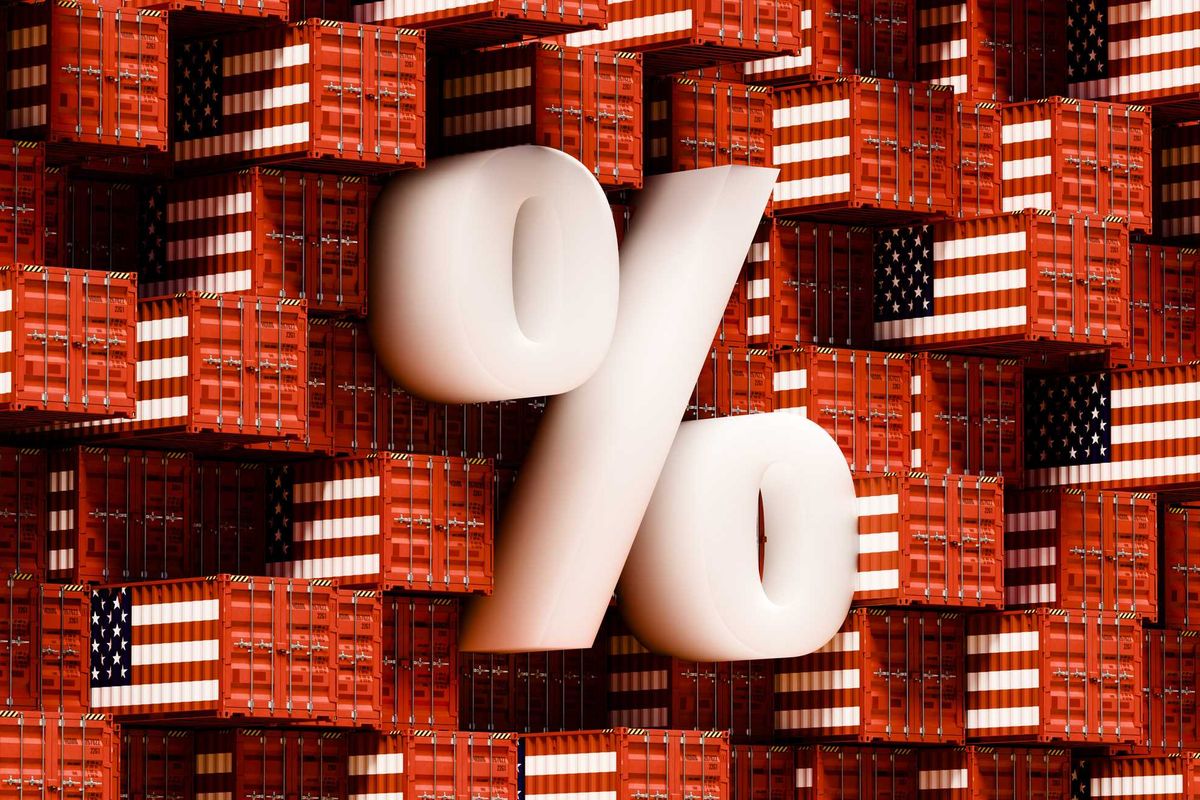
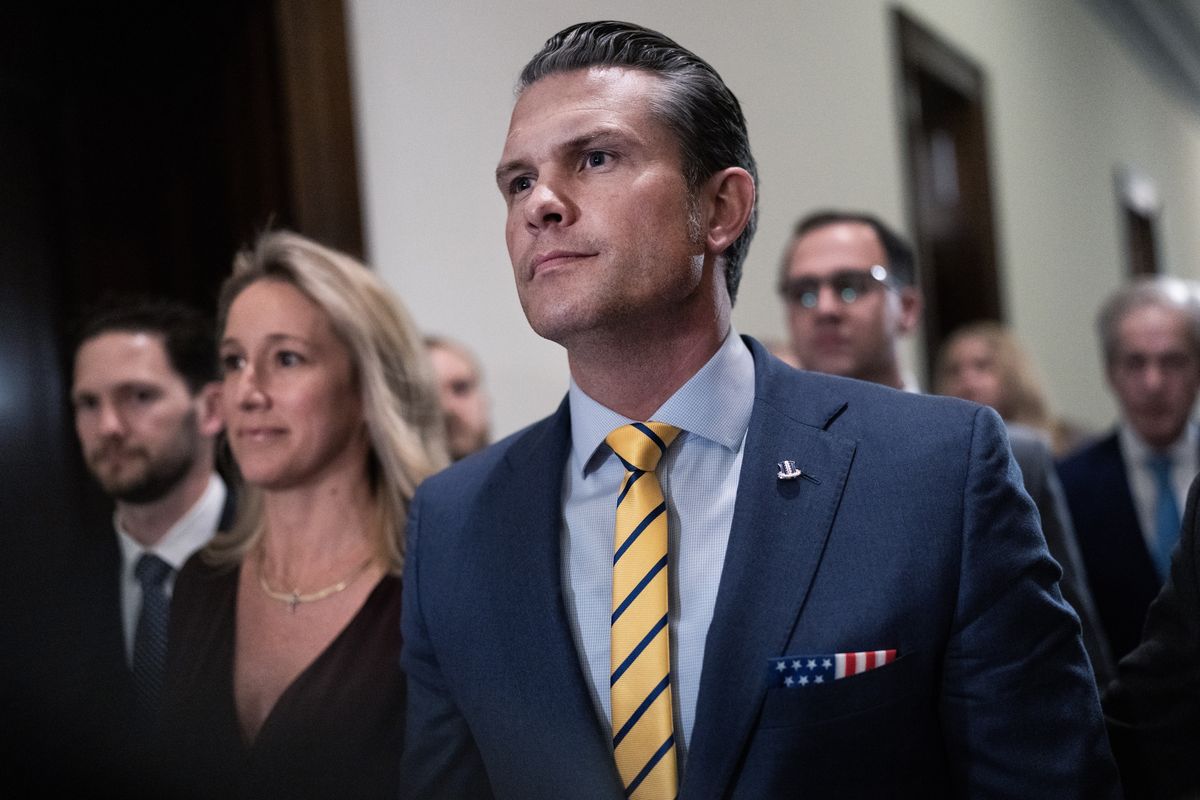

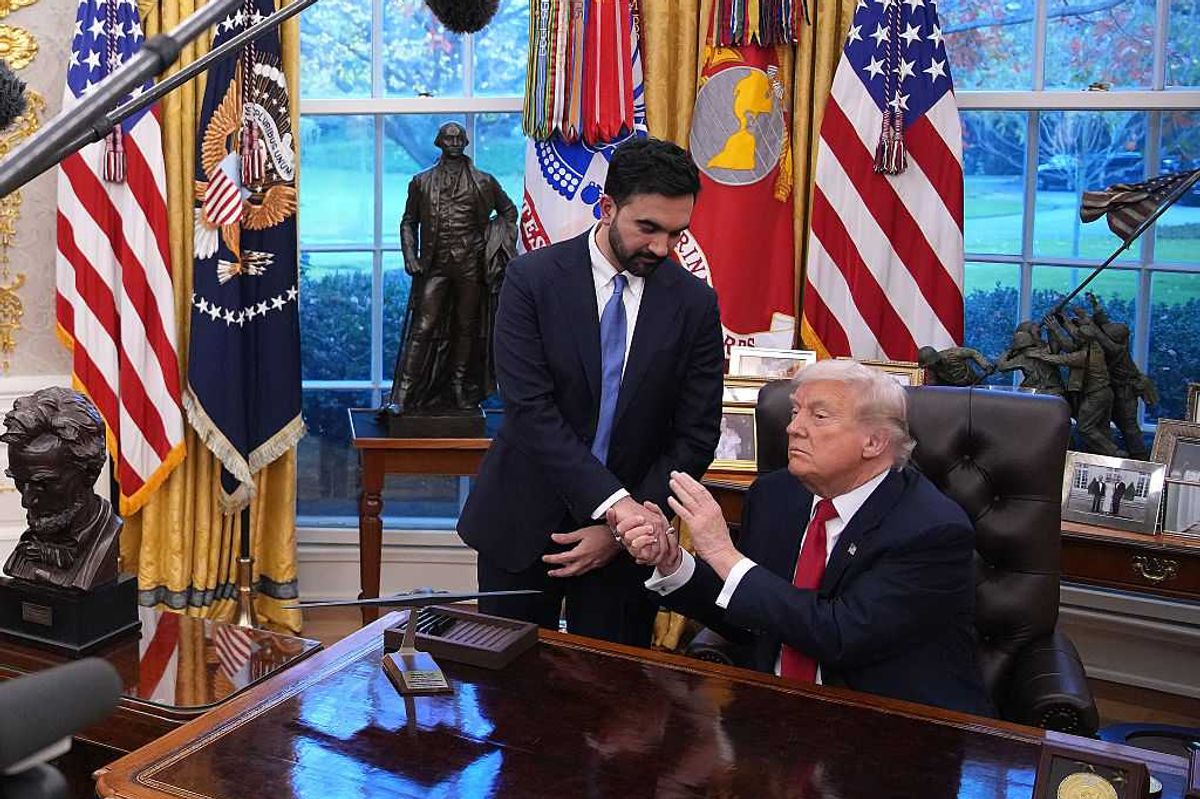
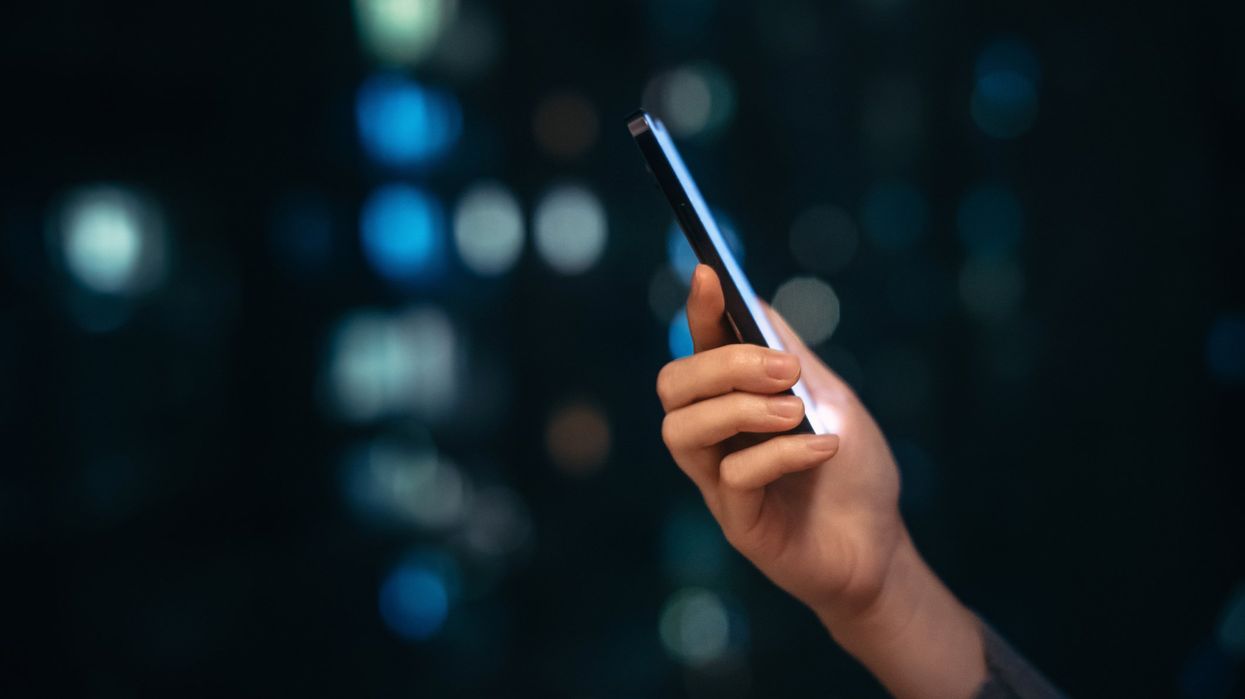


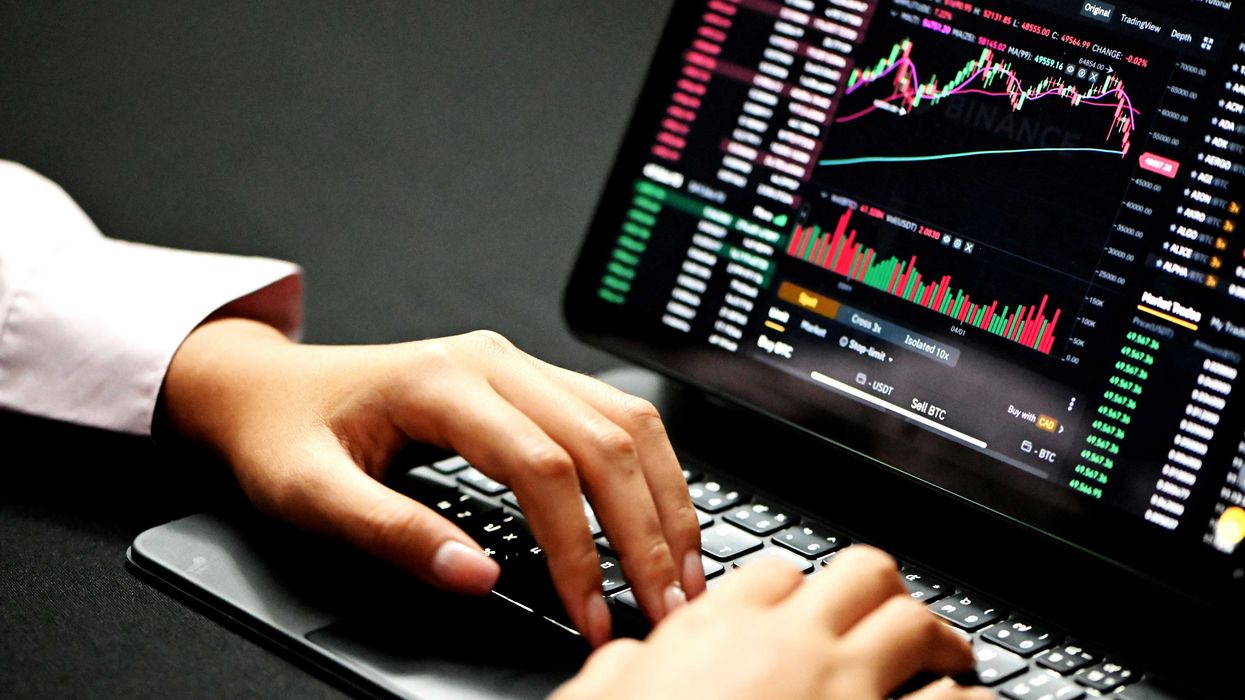

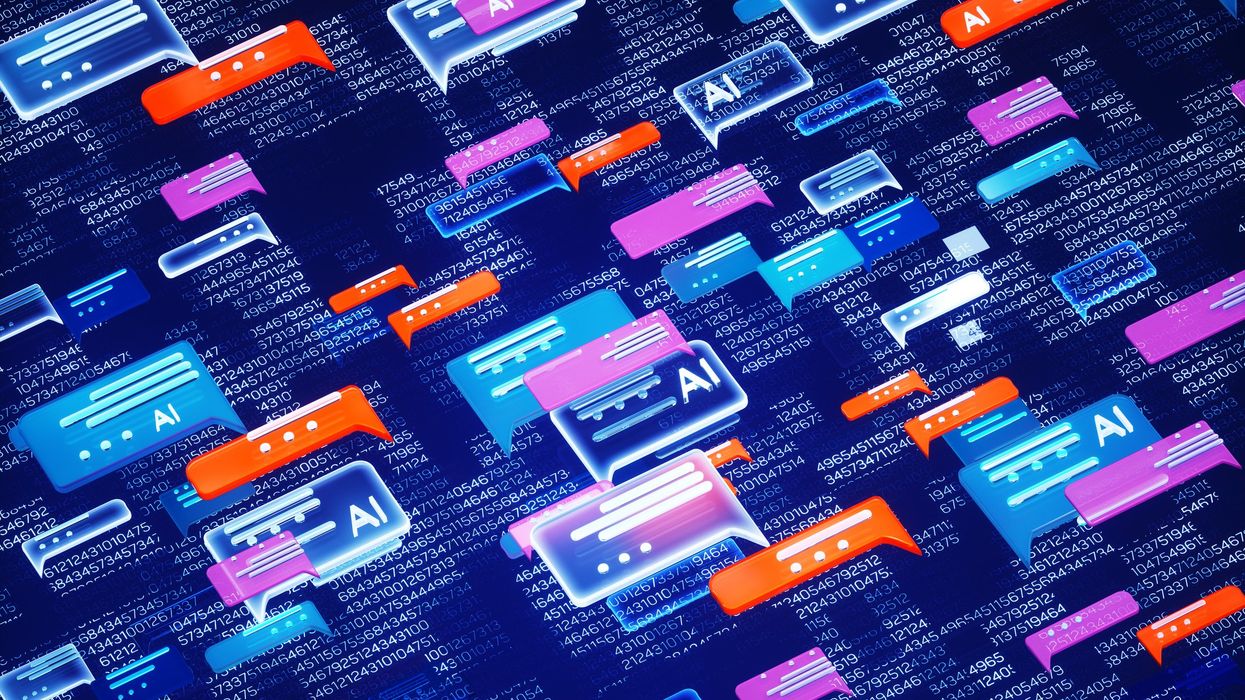





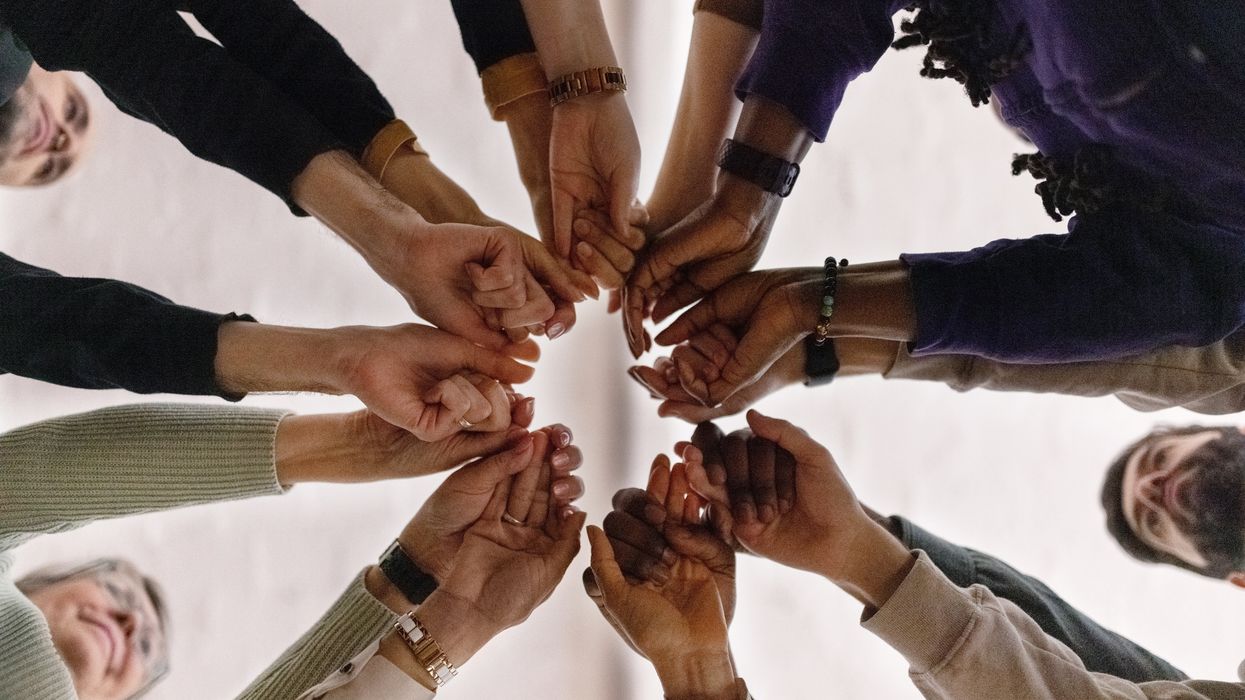

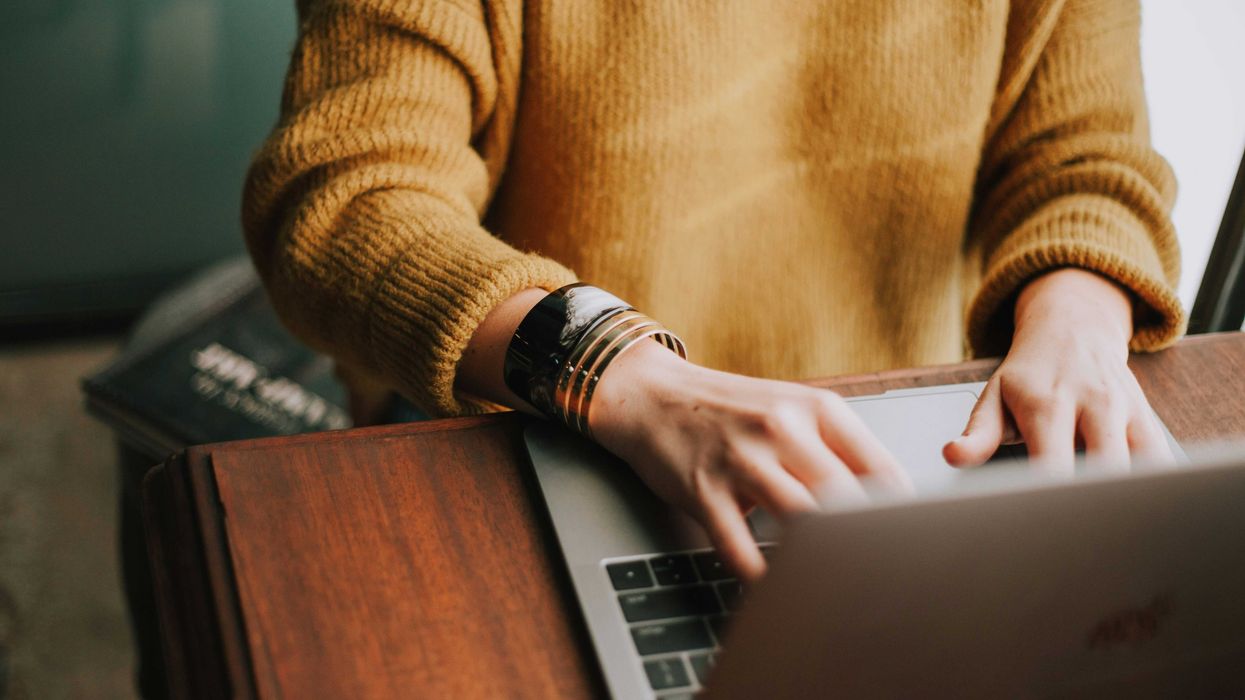
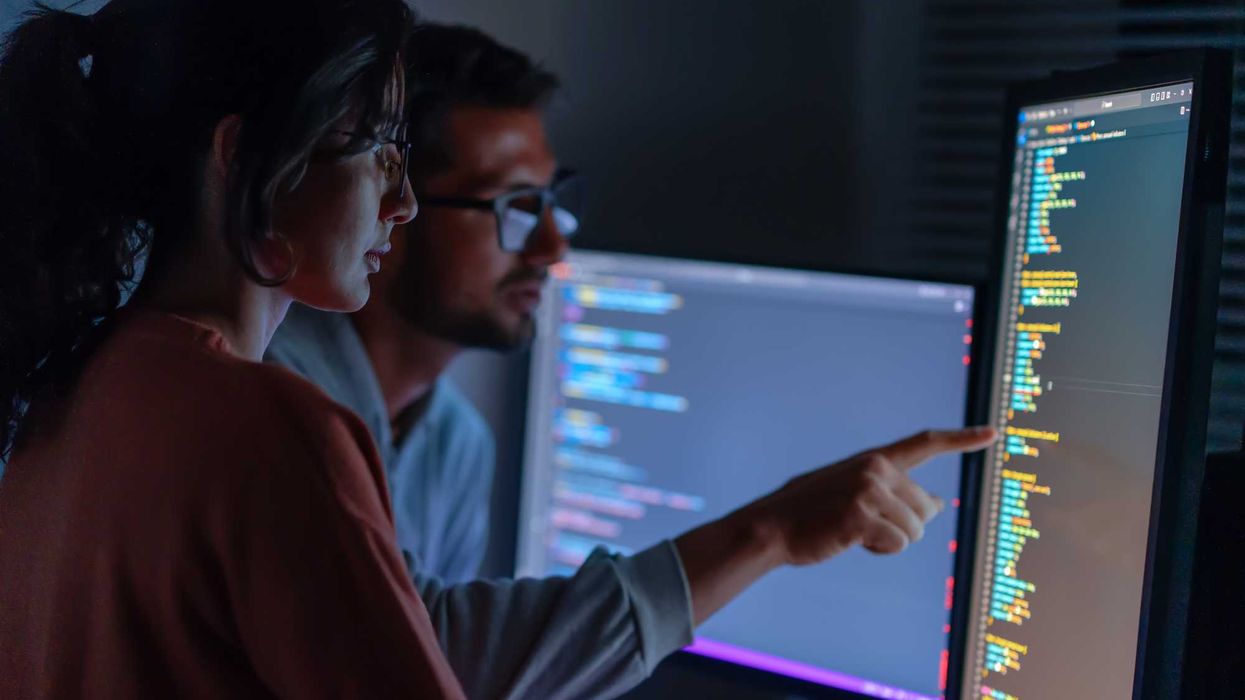
All in This American Family